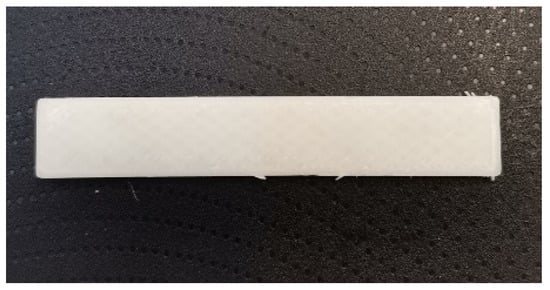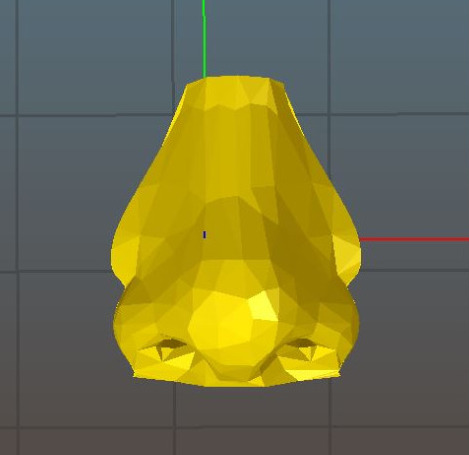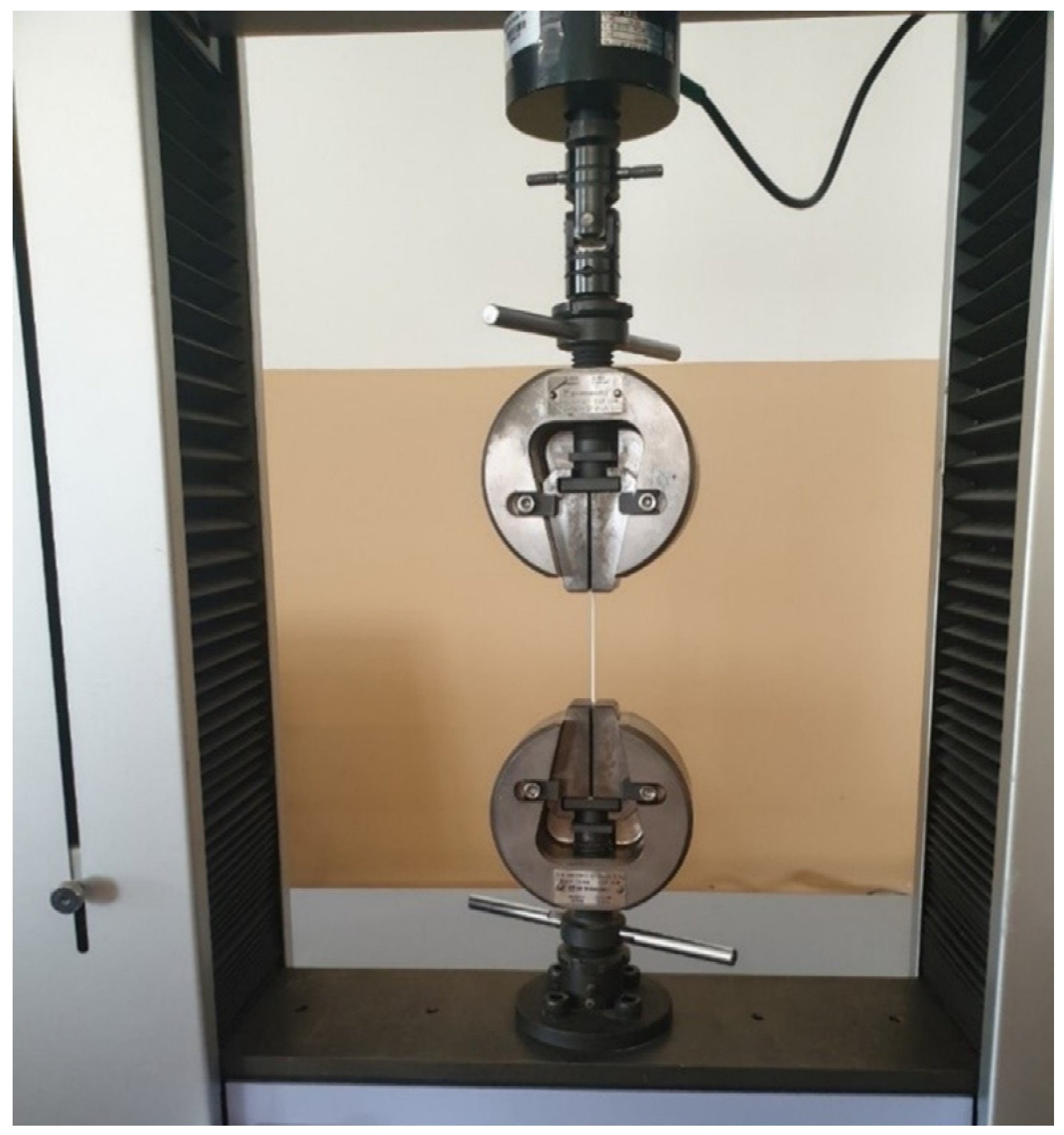Researchers from the University of Coimbra have released a new study exploring the potential of different polymers for 3D printing cartilage for biomedical applications.
The team studied the characteristics of PA12, which has previously been investigated for 3D biomedical applications, and a new commercially available filament LAY-FOMM 60 (FOMM), for the 3D printing of structures capable of instigating cartilage repair.
According to the researchers, this is the first time that such materials have been proposed for this specific application.

3D printing cartilage
Cartilage damage can occur as a result of disease, trauma, and degenerative conditions such as osteoarthritis, one of the leading causes of joint pain and immobility. Tissue engineering is an alternative to total joint replacement for cartilage repair, and 3D printing is being increasingly leveraged for multiple research projects in this area.
Scientists from the Chalmers University of Technology have previously demonstrated cartilage tissue engineering to treat osteoarthritis using 3D bioprinting, while microbiologists at Central Queensland University have combined crocodile protein and 3D bioprinting in an attempt to repair joint damage.
More recently, a team at the University of Alberta found a way to 3D bioprint customized nasal cartilage for cancer patients living with facial disfigurations, while Swansea University has started 3D printing cartilage tissue scaffolds for scar-free ear and nose transplants.

Investigating new polymers
For their study, the University of Coimbra researchers sought to explore new polymers suitable for producing 3D printed cartilaginous tissue that could potentially serve as total cartilage replacements.
The team studied PA12, which has been deployed for similar biomedical applications in the past, and a new filament, FOMM, which they say has not yet been investigated as a potential material for creating cartilage via additive manufacturing.
Typically, the two most common approaches for cartilage replacement and repair are total replacement, usually with cobalt–chrome (CoCr) or ultrahigh molecular weight polyethylene (UHMWPE)-based structures, or through scaffold implantation. However, even though CoCr is considered biocompatible and non-degradable, its stiffness leads to the mechanical shielding of the bone due to mechanical loading. Meanwhile, although UHMWPE presents mechanical properties similar to those of native cartilage, it can be structurally unstable under loading.
For repair and regeneration, biomedical scaffolds are beneficial as they can provide a 3D framework to enable cell proliferation, with the most common natural materials used being that of collagen, agarose, chitosan, fibrin, and alginate. Synthetic polymers currently used for this purpose tend to include PEG, PLA, PVA, and PU.
To date, though, approaches with each of these materials leveraging 3D printing has been directed at a specific type of cartilage and local implantation, which can impair the standardization of the structure going forwards.
The Coimbra researchers decided, therefore, to focus on FOMM for 3D printing structures for cartilage repair. FOMM is composed of PVA and TPU, both which have been previously deployed for cartilage-related applications. They used PA12 as a control material due to its excellent impact resistance at low temperatures, low water absorption, resistance to stress cracking, and fatigue under high-frequency cyclical loading conditions. The material has also previously been used for cartilage applications.

3D printing FOMM cartilage
To assess the mechanical viability of FOMM for cartilage-mimicking structures, the scientists 3D printed samples of both PA12 and FOMM using a FlashForge Creator 3 FFF 3D printer. They compared and characterized the materials’ chemical, thermal, swelling capacity, and mechanical properties with those of native cartilage.
PA12 was found to exhibit low swelling capacity, while FOMM, in both its dry and wet forms, showed a higher swelling capacity and one that was closer to that of native cartilage. The researchers also observed that the mechanical properties of both polymers were higher than that of native cartilage.
Upon conducting an ultra-micro hardness test, the mechanical properties of FOMM indicated that the material could be a good alternative for cartilage replacement in older patients. The researchers claim their study has uncovered new research paths for designing multimaterial structures with a PA12 core and an outer shell in FOMM, with future work including the preparation of such multimaterial structures and their in vitro characterization.
Learn more from the original article here.
Related Articles:
Copper3D wins new grant from NASA for antimicrobial 3D printing















